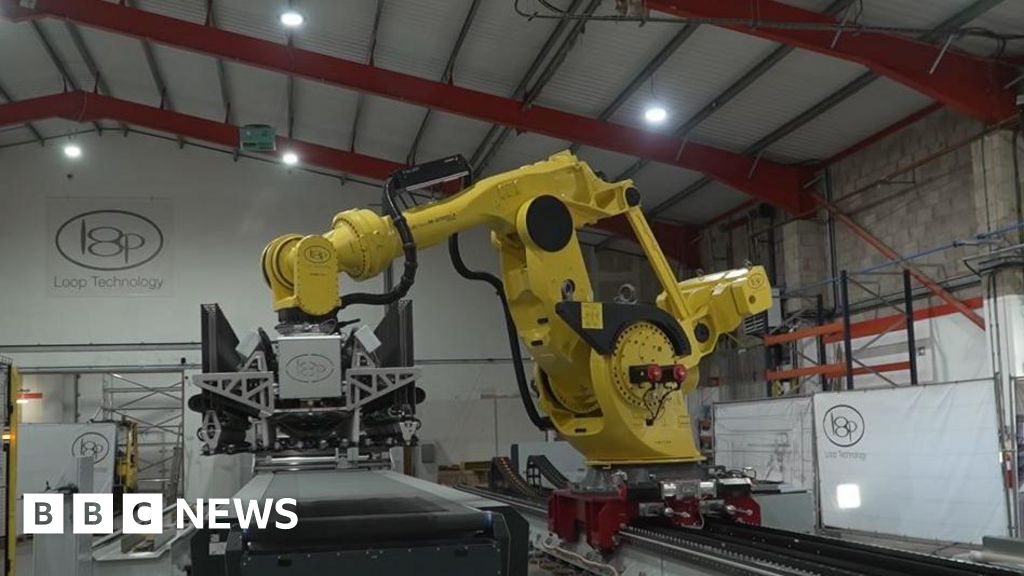Revolutionizing Aircraft Manufacturing: The Power of Automation in Aviation
One of the most exciting developments in the world of industrial automation is taking place right here in the UK, at the King’s Poundbury development in Dorset. This is where Loop Technology, a pioneering automation and robotics company, is employing one of the largest industrial robots ever seen.
A Robotic Marvel Takes Flight
Meet the FANUC M-2000iA 1700L, the world’s strongest long-reach robot, now at the heart of Loop Technology’s innovative manufacturing processes. This robotic giant is not just impressive in size; it’s a game changer in how aircraft wings are produced. With its remarkable ability to shape carbon fibre components rapidly, it’s helping to propel the aviation industry towards more sustainable and fuel-efficient aircraft.
Alun Reece, Managing Director at Loop Technology, has called the new robot "amazing." There’s a certain irony that such a colossal piece of automation is dedicated to crafting lightweight structures aimed at reducing the overall carbon footprint of flying.
Leading the Charge Toward Sustainability
Loop Technology, which started its journey way back in 1998 with just a single robot operating from a living room, is committed to advancing manufacturing practices that align with global efforts to combat climate change. The company has placed an order for seven of these powerful FANUC robots, each capable of effortlessly lifting and repositioning weights equivalent to an entire car body.
These robots are outfitted with specialized grippers that weigh a whopping tonne, allowing them to pick up and manipulate sheets of carbon fibre. Carbon fibre is pivotal in modern aircraft design due to its lightweight and robust properties, significantly lowering the environmental impact of air travel.
A Leap in Production Speed
Time is of the essence in the aerospace industry, especially with ambitious goals like producing 80 to 100 aircraft each month. Traditional manufacturing techniques can be slow and inefficient. But with the cutting-edge technology wielded by these robots, tasks that would typically take hours can now be completed in just 35 seconds!
Imagine the transformation this brings to the workflow: a rapid yet precise setup helps keep production lines moving, thereby supporting increased output while maintaining quality.
A Perfect MIx of Innovation and Tradition
The King’s Poundbury development itself is a unique setting, almost like a picturesque Victorian film set. Constructed under the architectural principles favored by the late Prince Charles, Poundbury is an experimental town poised to become home to 2,740 residences by 2028.
Reece enjoys the luxury of this scenic environment, with the countryside and coastline just a stone’s throw away. He sums it up perfectly: “We don’t have to live in the city. What’s not to like? It’s living the dream.”
Conclusion
The incorporation of such substantial robotic systems signifies not just an advancement in technology but a focal shift towards a more eco-friendly approach in aircraft manufacturing. As we look ahead, it’s thrilling to consider the innovations that will continue to emerge from the intersection of automation and aviation.
The AI Buzz Hub team is excited to see where these breakthroughs take us. Want to stay in the loop on all things AI? Subscribe to our newsletter or share this article with your fellow enthusiasts!




